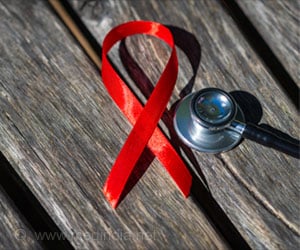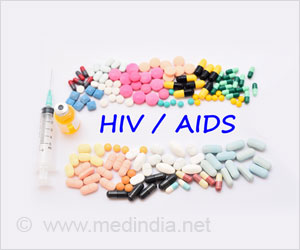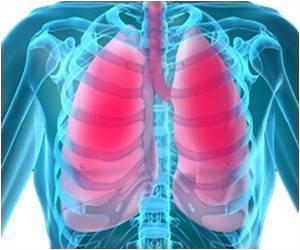A new study has recommended universal HIV testing for all citizens in India every five years.

A team of researchers at Brown, Yale, Massachusetts General Hospital, Harvard, and in Chennai, India, integrated scores of factors specific to the country to find that testing for the whole country, with greater frequency for high-risk groups and areas, would pay off despite India's huge population and even in cases where conditions are worse than the researchers assume.
"Testing even 800 million adults is a public health undertaking of a historic magnitude," said study co-lead author Dr. Kartik Venkatesh, a postdoctoral fellow at Brown University and Women and Infants Hospital.
"But what we were able to show is that even if you increase the cost of HIV treatment and care pretty significantly and really decrease the number of individuals who would link to care, even under those dire circumstances, testing this frequently and this widely still was reasonable," he added.
Co-author Dr. Soumya Swaminathan, director of the National Institute for Research in Tuberculosis in Chennai, India, said the projections of the model would help the country in its battle with the epidemic, one of the world's largest.
The main results from the model are projections of the dollar cost per year of extended lifespan.
Advertisement
They ran the models not only for the general population but also for people in high-risk districts and high-risk groups (e.g., with a higher prevalence of the virus but with more frequent testing today).
Advertisement
Here is what they found:
Testing the general population just once would be "very cost-effective" because it would cost 1,100 dollars per year of life saved (YLS) in general and 800 dollars per YLS among high-risk populations.
Testing the population every five years would be "cost-effective" with a price of 1,900 dollars per YLS saved in general, and 1,300 dollars per YLS among high-risk groups.
Testing annually would not be cost-effective for the general population, but would be for high-risk people.
The general trends of cost effectiveness remained even after "sensitivity" analyses in which the researchers entered different statistical assumptions in the model in case their assumptions were too optimistic.
But to make testing the general population every five years no longer cost-effective, the researchers had to tell the model that only 20 percent of the general population would agree to testing and only 20 percent of positive patients would get care.
Venkatesh said the main benefit of national testing would simply be getting more people to learn they are positive and therefore to seek effective care before they have full-blown AIDS and a complication. A secondary benefit, however, would be to curb transmission of the virus, both because behavior can change and because therapy can reduce transmissibility.
The study was published in the journal PLoS One.
Source-ANI















